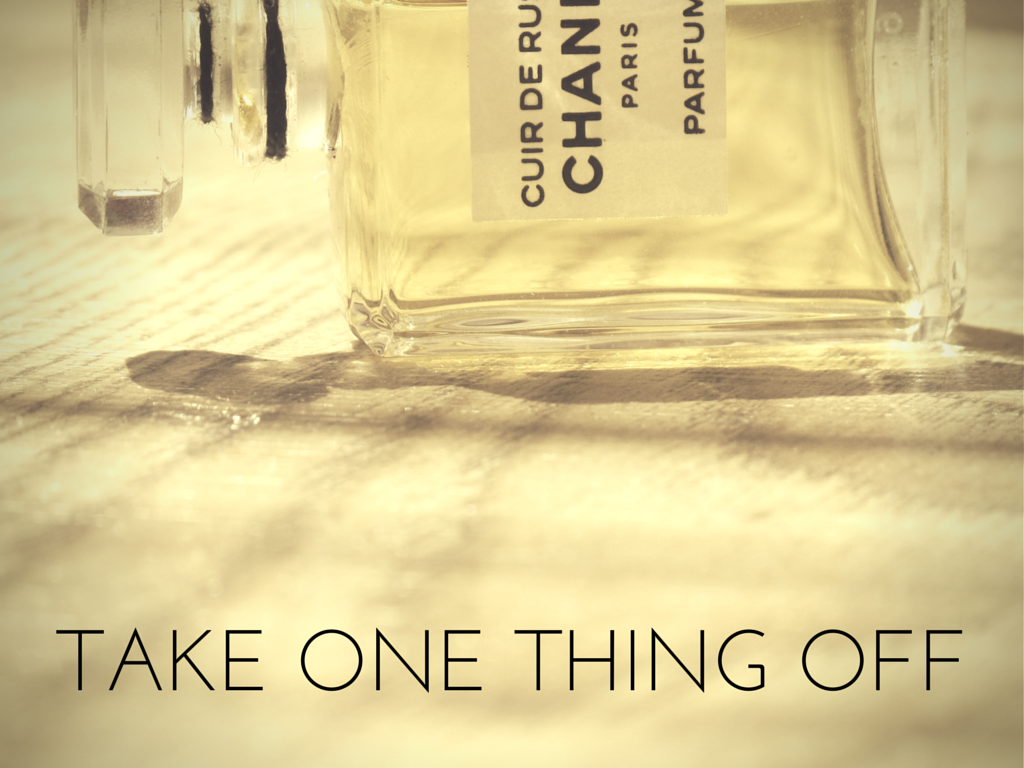Prada Infusion d’Iris

- miuenski via Foter.com / CC BY-NC-SA
I have a bottle of Infusion d’Iris and although I’m not 100% in love with it, I can’t quite bring myself to sell it because it plays a very useful part in my fragrance wardrobe.
Specifically, I use it after a cold shower on a hot day, when its chilly, citrusy scent provides a most welcome cooling sensation on my skin.
Then again, since moving from Montenegro to Ireland, I’m not entirely sure I will ever be hot ever again. Or indeed, warm.
Infusion d’Iris opens with tart citrus and thin, almost austere woods, reminding me more of a cup of chilled green tea than a true iris fragrance. Then the iris shows up midway through, a pale grey root infusion, like the water in which iris roots have been soaking. It smells clean and slightly soapy, like the scented air in the bathroom after a good soak in the bath with Epsom salts.
Later on, there is a hint of leather – a thin, discreet leather note – and a vetiver that shows off its cool, minty side. Gossamer-fine in texture, there is a pleasing bitterness to it that reminds me of similarly chilly and crisp colognes, like Cologne Blanche by Dior, which I also like very much. Both display a cooling, “white” character, like a metallic white wine quaffed straight from the fridge and so cold it makes your teeth chatter.
Infusion d’Iris is just effortlessly classy, and it will never be out of my summer wardrobe. Function over form on this one, for me.
Prada Infusion d’Iris Absolue

- Nick Kenrick. via Foter.com / CC BY
Where the original is watery, cool, and crisp/bitter, the Absolue is rich, sweet, and warm. The iris is much more evident to my nose in the Absolue version than in the original – it is rooty, thick, and almost bready.
If you can imagine a braided Easter bread stuffed with butter, eggs, and sugar, fresh out of the oven and cut open, then the iris here has a similar sweet doughiness.
I can think of only two other iris-centric fragrances where the iris gives off a sweet, yeasty/bready aroma, one being the current Mitsouko EDP and the other being Chanel No. 18. It is an enchanting, addictive aroma, and one that draws me further into the fragrance.
There is nothing fresh, green, or watery about the Absolue version. The sweet oriental base – vanillic-ambery resins (benzoin, oppoponax), a nicely “aged” vanilla, and some tonka bean – wafts up at you throughout the life of the scent, turning the iris note into a silky, buttery thing of sheer luxury. If the original is a wisp of chiffon, then the Absolue is a warm cashmere wrap. Yes, I did it – I just invoked The Great Big Cliche of perfume writing. But it applies here, so I’m going to be lazy and just leave it there.
This is my new “professional” scent for those days when I know I have meetings with clients. I like to try and strike a compromise on my fragrance choice while meeting a client – it has to be demure and classy enough not to distract the client, but also beautiful enough to keep me happy and relaxed. This does the job very well, and so it joins my usual line-up of 31 Rue Cambon by Chanel and Cuir Pleine Fleur by James Heeley.
Neither the original Infusion nor the Absolue last very long on me, but since I favor rich, oriental perfumes over fresh, citrusy ones (as a rule), I much prefer the Absolue. The quality of that iris is just outstanding, as is that warm, sweet resin base. I would wear the Absolue on cooler days and the original Infusion d’Iris on hot, summer days, or after hot showers.













